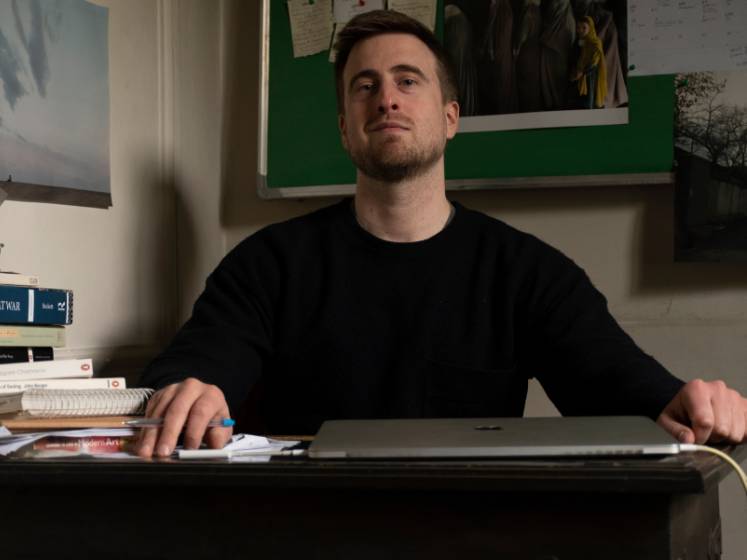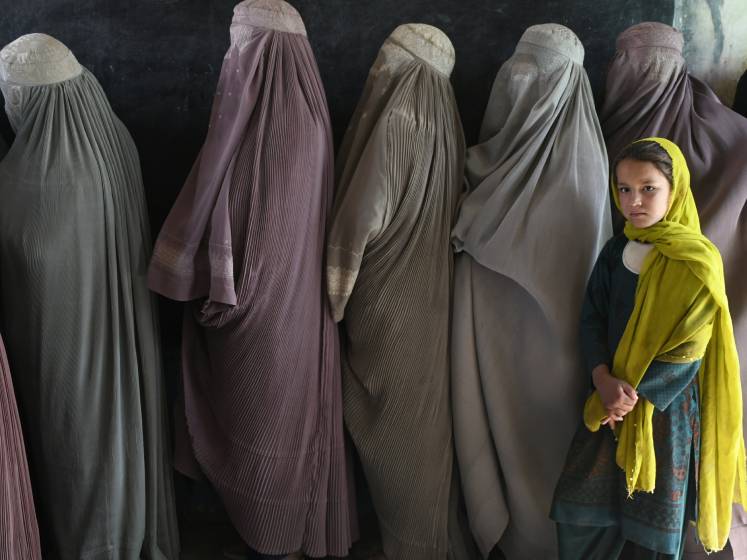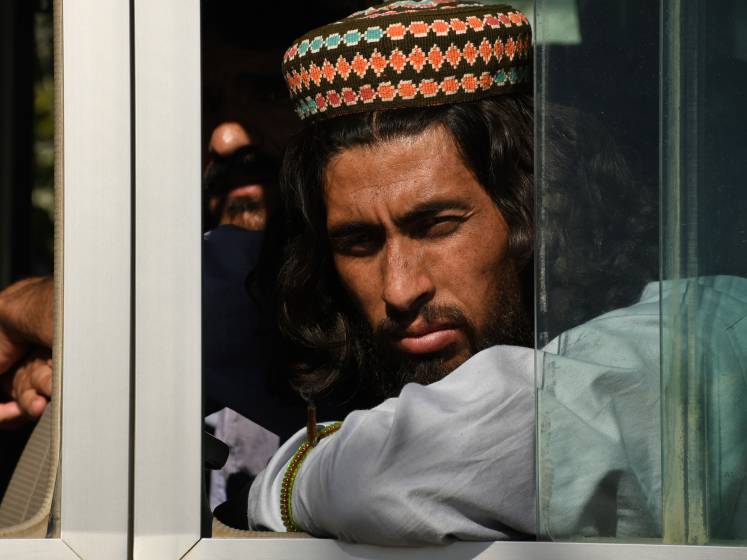
Phillip Walter Wellman (MSc Conflict Studies 2015) grew up in a rural area near Detroit, Michigan. His desire to explore the world and his passion for journalism led him to New York, London, Bahrain and Afghanistan. Phillip talks to us about his life, how he became a Middle-East journalist and what life is like working in Afghanistan.
From Michigan to London
I grew up in Michigan, in a village located north of Detroit called Capac. My family rarely ventured into the city, though they would tell stories of the place that they remembered growing up. The present-day Detroit fascinated me so, when I got my driving license at 16, I would drive down with friends and take photos with old disposable cameras.
I wanted to explore more unfamiliar places and I saw higher education as the way to do that. I enrolled at a university in New York, which took me to London on an exchange program in my second year. I was only supposed to be in London for a semester, but the Guardian newspaper offered me a work placement and I stayed for longer.
During my time in London, I started to see the United States more objectively. I went on a massive protest against the Iraq War, which I believe remains the largest protest in London’s history. I appreciated all the things London was exposing me to, so I dropped out of my American university and joined City University’s journalism program instead.
A career in journalism
I wanted to become a journalist from a very young age, and I’ve always been interested in all journalistic mediums , from broadcast to print to photography.
After earning my undergraduate degree, I worked as a reporter and news presenter for a radio station in Dubai. At the same time, I was a Gulf reporter for Voice of America and reported on stories throughout the various sheikhdoms. I was in Bahrain when their Arab Spring uprising began in 2011. I had never witnessed anything like it, and never filed reports or taken photographs that seemed so important. People were eager to share their stories, hoping they would be heard by a foreign audience.
Reporting from Bahrain and following other uprisings, protests, and wars in places like Libya and Syria deepened my curiosity in the Middle East, and my empathy for the people who have lived through some truly awful things. It also sparked my interest in conflict, which led me to study for an MSc in Conflict Studies at LSE and then, from there, to Afghanistan.

Life and work in Afghanistan
I was offered two jobs after graduating from LSE: one with a global risk consultancy in Shanghai and another with an independent newspaper for the US military called Stars and Stripes. I ultimately accepted the newspaper offer because it was an opportunity to witness history, to see with my own eyes a conflict that’s spanned nearly my entire adult life.
Much of my work here involves visiting military bases and reporting on NATO’s efforts to train local forces. Most of the foreign troops that are here to support the training never leave their bases. I was shocked to discover how unaware some of them were about their surroundings.
I’ve never lived on a military base, so I’ve been able to witness first-hand the impact the war has on the county and its people. In recent years, the U.S.-led coalition has severely restricted access for journalists – but the handful of foreign correspondents who are permanently based here and the Afghan press continue to shed light on the current situation. After nearly 20 years, the war rarely makes the front page in the US or the UK, but it is important to report on it.
Living in Afghanistan comes with risks. I heard my first suicide bomb blast only a few hours after arriving to the country. I had studied suicide attacks at LSE, but I don’t think anything could have prepared me for that sound. Hearing someone not too far away take their own life, and likely the lives of others, was bone-chilling. Unfortunately, there have been too many blasts to count since then. The perpetual violence has claimed the lives of several people I’ve known.
As a foreign reporter I know I always have the option of leaving, but most local people can’t escape. Everyone you meet here is desperate for change, desperate for peace. It’s heart-breaking that this is still the case after so many years of fighting.
 Taliban Prisoner - exhibited at the National Portrait Gallery in 2020
Taliban Prisoner - exhibited at the National Portrait Gallery in 2020
Memorable projects
Last summer, I wrote a story about foreign contractors who were being kept in self-described jail-like conditions without being paid at a US base in Afghanistan. Their contracts had expired, but their employer said they couldn’t repatriate them because of COVID-19 travel restrictions. The conditions were so bad that one man took his own life after waiting two months to go home. Publishing the story led to an American lawyer offering legal help to these people.
I’m also proud of my work as a photographer. A photo I took last year of a Taliban prisoner being released from jail was selected to be part of the National Portrait Gallery’s annual photographic portrait prize exhibition. The Afghan government released thousands of Taliban inmates ahead of commencing the historic peace talks. The big question on everyone’s mind was whether the Taliban were serious about peace, or just waiting for international forces to leave to regain control of the country. That remains the big question today, as peace efforts continue to inch forward. In my photograph, the Taliban prisoner looks directly into the camera and the viewer can stare into his eyes to gauge what he’s thinking.
May 2021